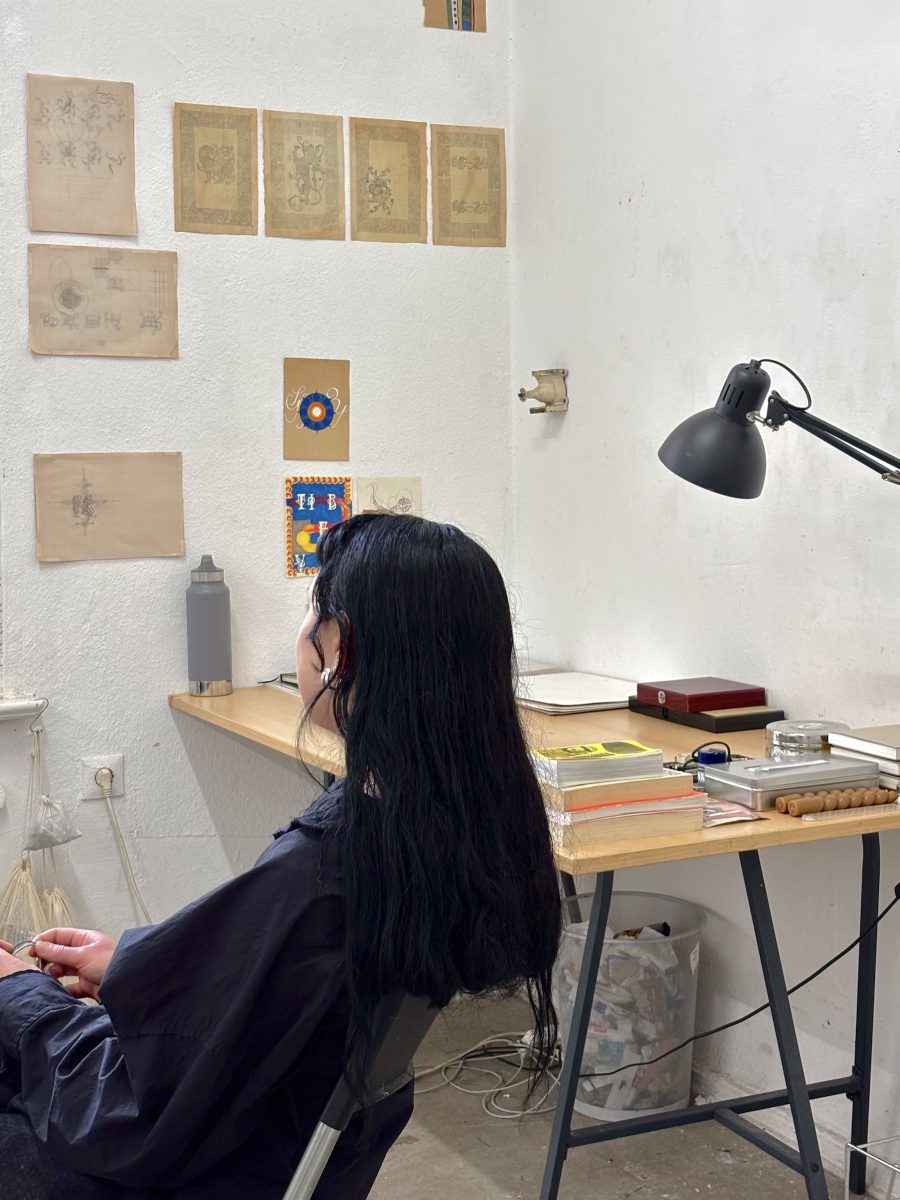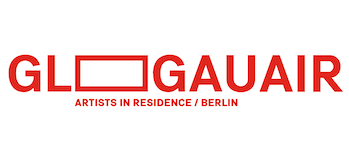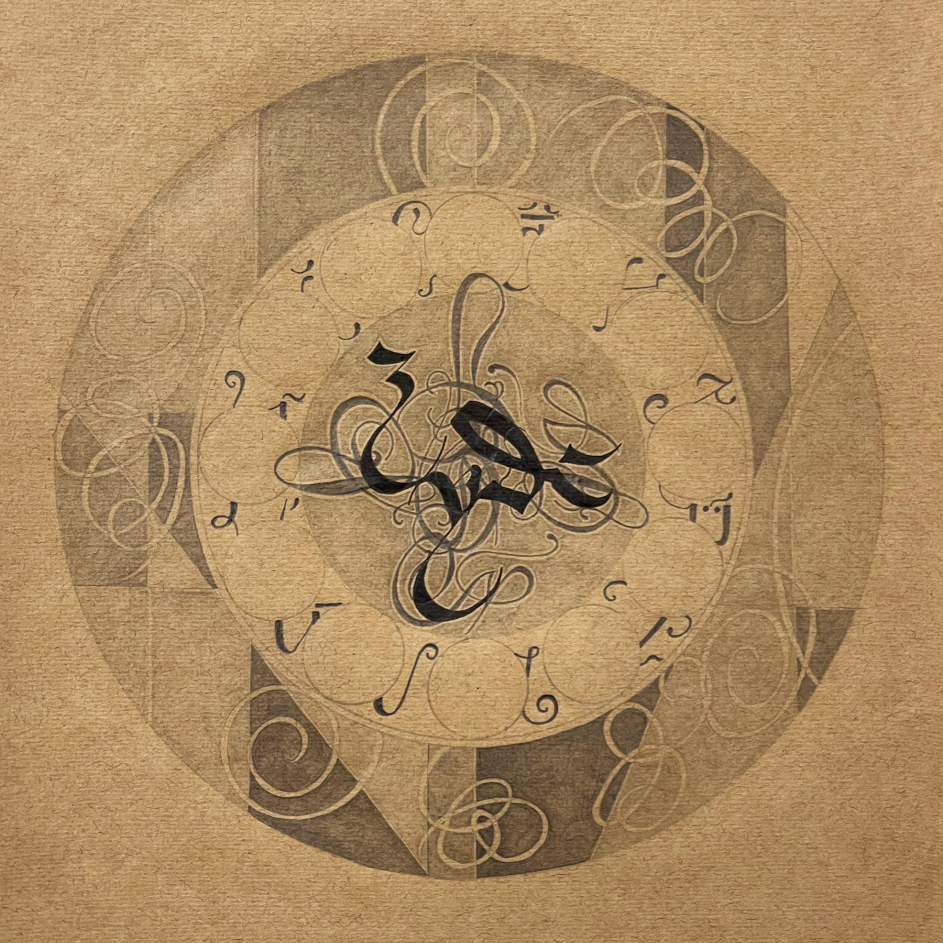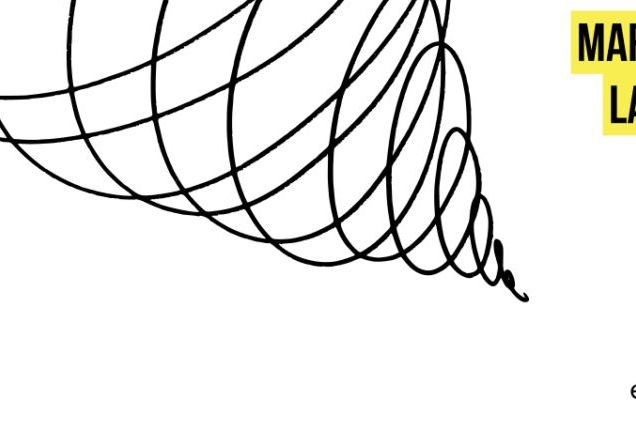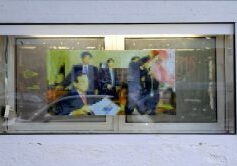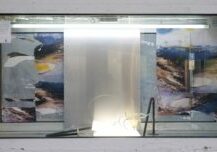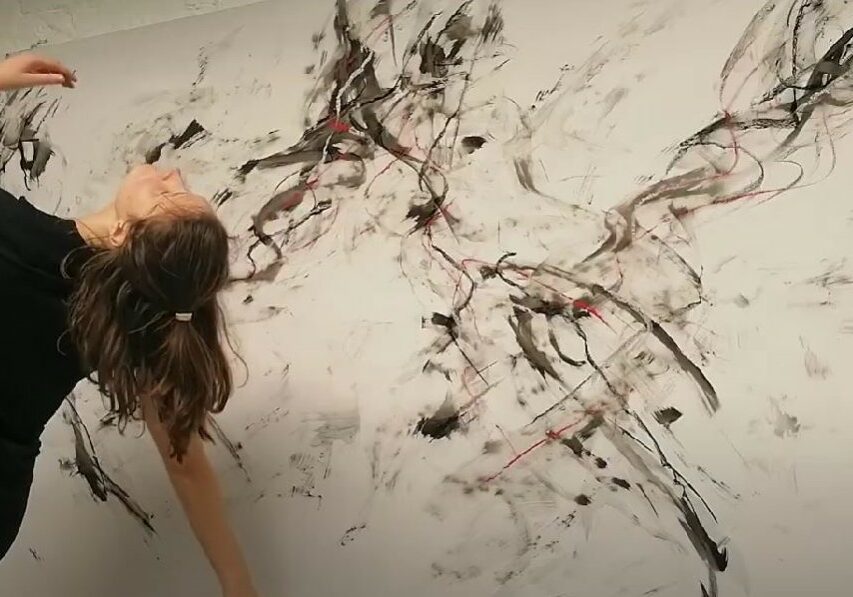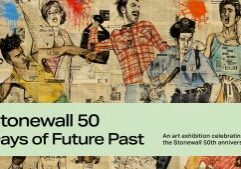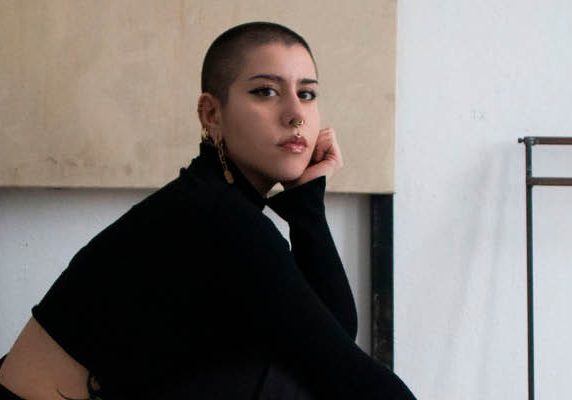Meet the Artist // Moksha Richards
Moksha received BFA(hons) in Fine Arts majoring in drawing. Drawing remains a nucleus to her practice from which other expressions orbit, namely sculpture and installation. Her work relies heavily on practices of research and archiving while the formation of the work remains relatively immediate, material and direct. Her ideas approach and interconnect concepts from theoretical physics, spirituality, mathematics, technology, history and cosmism.
Can you tell us a bit about your background and the project that you were working on during the first period, as well in the second quarter of your residency at GlogauAIR?
The project that I initially proposed when coming here was mostly thinking about the invisible forces of the universe and wanting to use these as a material genesis point. Things like magnetism, radio waves, vibration, gravity, sound.
Simultaneously to that I was looking into a book about the history of beehives, which were historically woven. I had previously been interested in weaving as a form of coding and am very interested in computer history and technology in general so I was excited to discover magnetic core-memory boards which is an early piece of random access computer memory storage used in the 1950’s. Magnetic-core memory boards were often hand woven by women recruited from the textile industry who strung together thousands of small ferrite cores, within which we are able to store binary code in the direction of their magnetic field. I felt that this was able to combine these areas of research into weaving, magnetism and technology in a beautiful way while also linking to broader themes in my practice such as the encryption of information in physical matter.
Mostly I just honestly wanted to learn how this technology works, actually how to make it, that is generally the best way to learn. I have this ultimate end goal of building a computer one day or something, just to really understand it. Once I had wrapped my head around how MCM boards function, I found it’s actually so simple and so analogue. So I ultimately wove a very large scale version of these MCM boards. It’s not functional, as it doesn’t have information written on it. But I think, in some other iteration of it, I would like to do that. I just like the ways that the ferrite cores sit in the grid.
In the first quarter of the residency I was just touching base with my practice again after a couple months of traveling. It was quite a private period. I am feeling in a sort of transitory point, or in a fork in my trajectory which is always a bit disorientating and uncomfortable. You sense that you have outgrown a previous version of yourself and work but it takes a lot longer than that realization for the skills, ideas, materials and research to develop into something physical. I decided that in the next three months I want to allow myself to be experimental and playful, and perhaps more autobiographical than I ever have been and less conceptual. I want to create from a place of authenticity and unknown, and ultimately not even understand exactly what it is I’m making. It takes a lot of maturity to make good art and I liked the idea of taking a more macroscopic perspective, imagining that perhaps several years from now I will look back and only then really understand why I was making what I am. I don’t think you get to choose your concepts and I look forward to seeing how my instinctual attractions now will link into a broader web of ideas in the future.
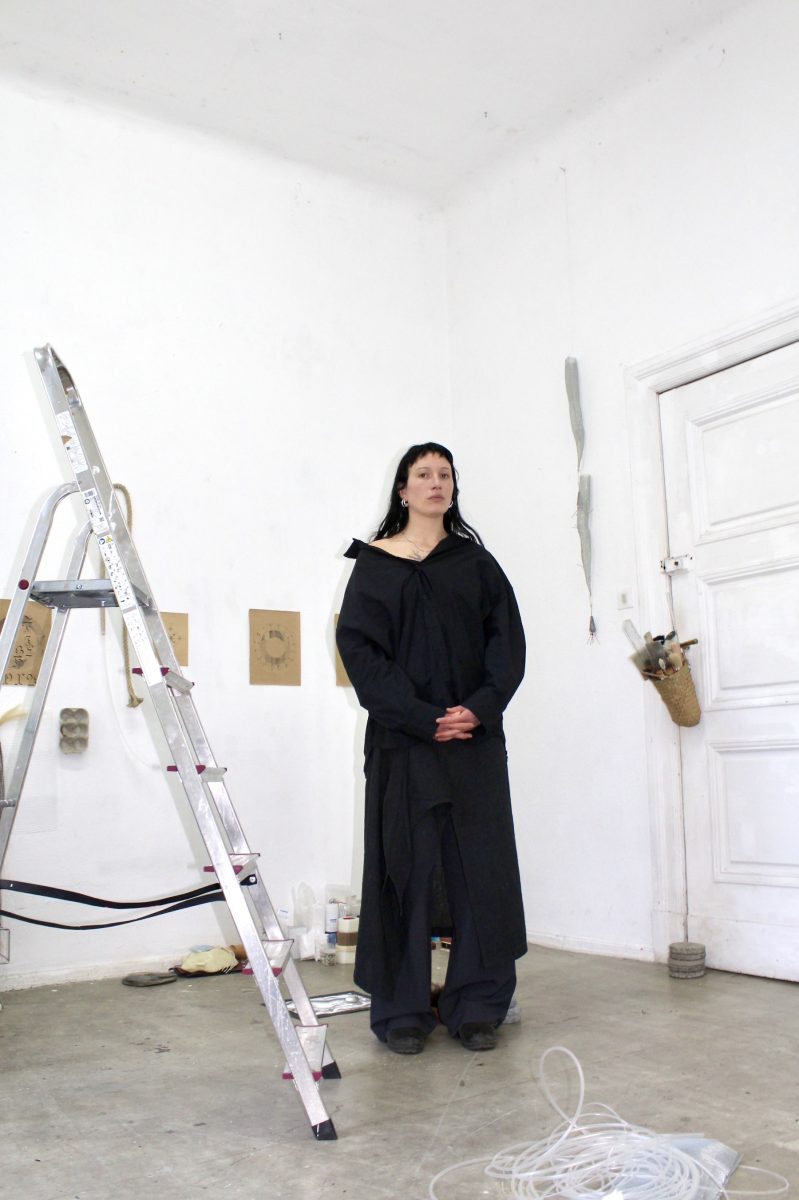
Well, you mentioned weaving. And weaving has historically been an ancient way of expressing cultural identity and storytelling, and is also traditionally relegated to women. How does the practice of weaving relate to your work in this particular project?
I mean, I haven’t really worked with weaving in any sort of structured way previously or even feel like I do now. But I think I’m just really obsessed with grid structures and with interlocking grids and creating solid mass from small elements.
These sorts of things were really attractive, and I do like the historical aspect of weaving. I’ve always been really interested in language and how information is stored and researched a lot into how numerical data was stored within knots in the Incan Empire. Actually there’s one scientist who is proving at the moment that it was also a form of written language. Similar to knitting being a form of coding in order to create patterns. It’s all branches of the same tree. They are important and ancient practices, significant developments for humans also and very meditative when being physically created.
We have been speaking about weaving, the ancient side of it and the spiritual side of your work. I have a question. I read in a previous interview that sci-fi plays a significant role in your work. Can you tell me a little bit more about that influence and other key references for you?
Sci-fi definitely influenced the last project I did last year, which was a series of space cocoons. The concept for them came more directly from Russian Cosmism which is not actually purist sci-fi but I think my love of the topic is what made me so obsessed with the weirdness of its ideas. It is also a philosophy that presents itself in a very strange and sci-fi way except is taken out of the speculative realm and was genuinely worked on as a possible future structure for humanity. It was totally an act of worldbuilding in the same way science fiction is and I love that. World building I think is the way I have been looking at a creative practice in its entirety across someone’s lifetime, like I was saying before, of not understanding each small action but letting it link and web around you and only really seeing its fullness as it becomes greater than the sum of its parts. I also love the idea of having protagonists within the work.
But more generally science and history have always been my main areas of interest, and undoubtedly ideas from spirituality and philosophy too. Most specifically theoretical physics, language, ancient history, writing and the storage of information. But also things like ancient board games, graffiti, space, rap, dance, 16th c. fashion, mathematics, the internet and on and on, who knows how obvious those influences ever are, but what you love and are talking about, learning about, studying, doing, is impossible to disentangle from what you make.
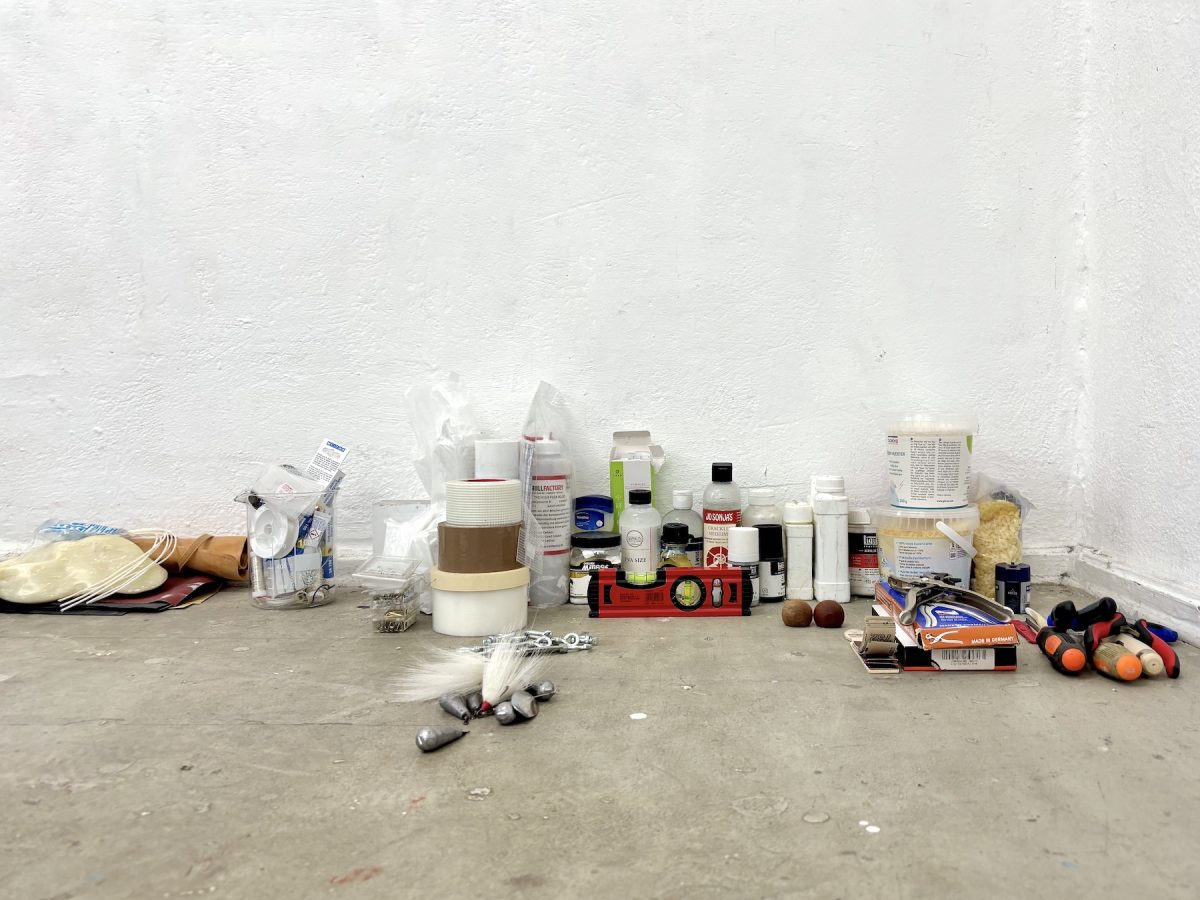
I think those are really interesting subjects. I want to ask you a question, because I see a lot of drawings and I’m super interested in your drawing process, and also how it moves inside your work. I don’t know if you’re working with drawing in this specific project for the Open Studios, but I’m interested in how you merge the drawing with the sculptural/installation side of your work. How they work together or separately even.
Drawing is something that can be quite direct and also something that can move with me, as I move, as my life has been so transient for the last couple of years. It’s something that is irrelevant to space or place and can be done with minimal and readily accessible materials. It is also a process I appreciate for its immediacy and is not hindered by skill, research, specific tools or materials or problem solving that often come up as obstacles in sculpture. I think it’s really necessary for me to be drawing alongside any other kind of sculptural or conceptual project. It’s also a medium that is often neglected in value, as it is often seen as a preliminary point for a painting, but I feel fiercely protective of its beauty.
